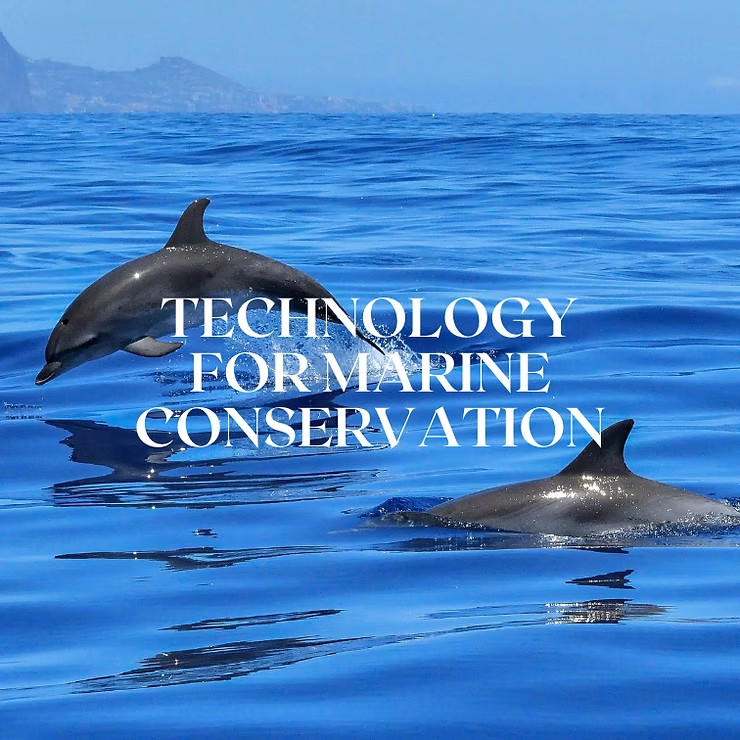Overview
Marine conservation is vital for protecting the health of our oceans and ensuring the survival of countless species. Oceans provide food, oxygen, and regulate the climate, yet they face increasing threats from human activities. Pollution, overfishing, and climate change are causing serious damage to marine ecosystems. To safeguard our future, we must act collectively to preserve these underwater treasures. Together, we can make a lasting impact on ocean conservation.
Current Challenges in Marine Conservation
Marine ecosystems face a variety of urgent challenges. Overfishing reduces fish populations and destabilizes food chains, while pollution—including plastics and chemical runoff—poisons habitats and threatens marine life. Climate change adds further stress by raising sea levels, driving ocean acidification, and bleaching coral reefs. Habitat destruction from coastal development and unsustainable fishing practices worsens the situation. Addressing these issues requires global cooperation, innovation, and responsible choices at every level of society.
The Role of Technology in Marine Conservation
Technology has become a powerful ally in protecting marine environments. Tools like satellite tracking, underwater drones, and artificial intelligence provide data-driven insights that guide effective conservation efforts.
Satellite Tracking Systems
Satellite tracking allows scientists to monitor marine animals such as whales, sharks, and turtles in real time. By understanding migration patterns and feeding grounds, conservationists can design targeted protection strategies. These systems also help detect illegal fishing and reduce accidental bycatch, making them a critical conservation tool.
Underwater Drones
Underwater drones give researchers access to remote or previously unreachable areas. Equipped with cameras and sensors, they capture high-quality images and data on marine life and ecosystems. Beyond research, they also support search and rescue missions, contributing to both science and safety.
Artificial Intelligence in Marine Research
Artificial intelligence enables researchers to process enormous amounts of ocean data quickly and accurately. From identifying species to predicting climate impacts on marine ecosystems, AI provides valuable insights. It also helps manage marine protected areas by monitoring changes and enforcing sustainable use of resources.
Community Engagement in Marine Conservation
Technology alone is not enough—community participation is equally important. Citizen science, education programs, and collaboration with local communities create a foundation for lasting change.
Citizen Science Initiatives
Citizen science empowers everyday people to contribute directly to conservation efforts. Volunteers can help monitor species, collect samples, or map coral reefs. These contributions expand scientific knowledge while fostering a sense of shared responsibility.
Education and Awareness Programs
Education is key to inspiring action. Workshops, campaigns, and community events teach people about ocean health and sustainable practices. Awareness builds accountability and motivates individuals to make environmentally conscious choices.
Collaboration with Local Fishing Communities
Fishermen possess deep knowledge of marine environments, making them valuable partners in conservation. By involving them in decision-making, promoting sustainable practices, and building co-management systems, we can align economic livelihoods with ecosystem preservation.
Conclusion
The Future of Marine Conservation
Advancements in technology, combined with community engagement, offer hope for the future of our oceans. From satellite systems to artificial intelligence, these tools empower conservationists to act with precision and scale. At the same time, collective action from individuals and communities is vital for sustainable progress.
Taking Action to Save the Ocean
- Reduce plastic waste: Use reusable bags, bottles, and containers to prevent pollution.
- Support sustainable seafood: Choose responsibly sourced seafood to protect marine ecosystems.
- Join beach clean-ups: Remove trash from coasts and prevent it from entering the ocean.
- Advocate for marine protected areas: Encourage policies that conserve biodiversity and safeguard vulnerable habitats.
Joining the Global Effort
Every action matters, from volunteering locally to spreading awareness globally. Reducing single-use plastics, supporting conservation initiatives, and advocating for policy change are all powerful ways to contribute. Together, we can ensure thriving oceans for generations to come.
Join the Mission
Save Our Blue Ocean is dedicated to protecting marine ecosystems through awareness and action. Our turtle, shark, and whale bracelets symbolize commitment to ocean conservation. By choosing a Save Ocean bracelet, you support our mission and make a statement for the planet. Visit Save Our Blue Ocean | Ocean Gift Malaysia to explore our collection and join us in saving the blue ocean.

